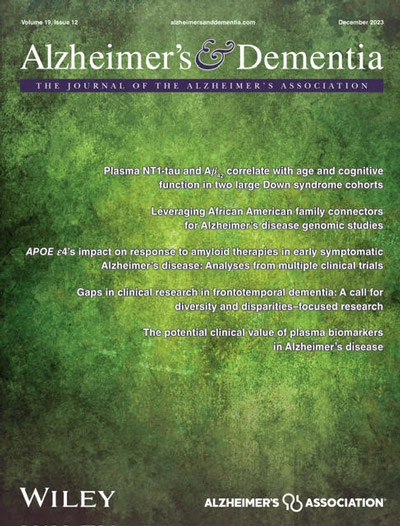Racial and ethnic differences in white matter hypointensities: The role of vascular risk factors
Abstract
INTRODUCTION
White matter hypointensities (WMHs) are markers of cerebrovascular pathology associated with cognitive decline. Reports of racial and ethnic differences in WMHs have been inconsistent across studies. This study examined whether race and ethnicity influence WMH burden and whether vascular risk factors explain these differences.
METHODS
Data from the National Alzheimer's Coordinating Center included 7132 Whites, 892 Blacks, 283 Asians, and 661 Hispanics. Baseline and longitudinal WMHs were examined using linear regression and mixed-effects models across racial and ethnic groups, controlling for demographics and vascular risk factors.
RESULTS
Adjusting for vascular risk factors reduced WMH burden differences and eliminated differences in temporal regions in Black versus White older adults. For Hispanics, differences became significant after adjusting for vascular risk factors.
DISCUSSION
Although some racial and ethnic WMH disparities are influenced by vascular risk factors, others persist, highlighting the need for multidimensional approaches when targeting WMHs in diverse populations.
Highlights
- Current research is inconsistent as to whether there are racial differences in white matter hypointensities (WMHs).
- Blacks exhibit higher WMH burden than Whites, mediated by vascular factors.
- In Hispanics, WMH differences emerged only after adjusting for vascular risk factors.


 求助内容:
求助内容: 应助结果提醒方式:
应助结果提醒方式:


